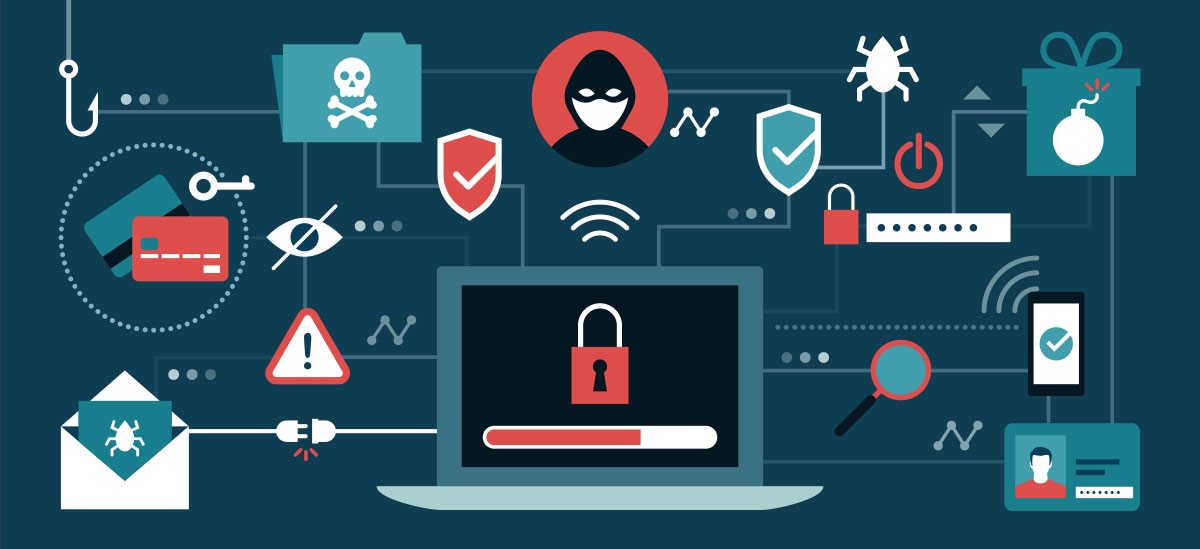Lesson 8 has a lot to talk about but I will keep it short. I investigated a range of platforms and tools for communication as I dove into the world of applications. I learned the nuances of the SMTP and IMAP protocols, email fields like cc and bcc, and the importance of subjects, replies, and forwards by starting with email basics. Comprehending these subtleties improved my ability to handle electronic correspondence efficiently.
Next, I explored the realm of text messaging, including SMS, SMSC, and MMS, learning about the workings of short messages and multimedia messaging on mobile devices.
My exploration of blogs exposed me to the vibrant world of creating content for the internet. My knowledge of the blogosphere has grown as a result of learning about well-known bloggers like Dooce, Kottke, and LifeHacker as well as blogging platforms like WordPress and Blogger.
Wikipedia’s crowdsourced content development intrigued me as a collaborative encyclopedia. Wikis and crowdsourcing in the information creation process posed a challenge to conventional ideas of authorship.
Apps for audio and video players have shed light on the technical aspects of handling audio and video. My understanding of the use of digital media has been enhanced by my understanding of file formats such as MP3, AVI, and MP4, as well as the function of players such as iTunes and VLC.
I ventured into the world of social networking and looked at how Friendster, MySpace, and finally Facebook and Twitter evolved to become so dominant. Understanding the importance of hashtags and professional networking sites like LinkedIn deepened my understanding of online social networks.

Cloud Computing Applications, which introduced Software as a Service (SaaS), cloud computing, and the ease of cloud storage, brought the chapter to a close. The usefulness of cloud-based solutions was highlighted by the significance of backups in preventing data loss. All in all, this investigation increased my knowledge of various digital tools for collaboration and communication.
OSINT GROUP PROJECT
The concept of Open Source Intelligence (OSINT) is presented in the assigned reading, with a focus on its importance in the collection and analysis of data from publicly available sources. A number of topics are covered in the conversation, such as the value of lifelong learning, methods, use cases, and ethical issues.
Apart from the assigned literature, I also looked into another source that concentrated on the use of OSINT in cybersecurity. According to this source, OSINT is an important instrument for keeping an eye on online activity, spotting possible threats, and guaranteeing the security of digital assets.
My internal thoughts demonstrate how flexible and effective OSINT is at gathering real-time insights from a variety of domains. In the digital age, OSINT is an invaluable instrument for problem-solving and decision-making due to the deluge of publicly accessible information.
The ethical aspect of OSINT, which emphasizes the responsible and private-conscious use of information, is an important lesson to learn. In an era where personal information is readily accessible, striking a balance between the acquisition of insightful data and the preservation of individuals’ privacy is imperative.
Given its moral implementation, OSINT is advantageous to businesses, law enforcement, media, academics, and other stakeholders, providing insightful information and a thorough grasp of a wide range of topics.
Going on to Part B, the overview of online searching emphasizes how crucial it is to specify research objectives precisely, select relevant search engines, and use operators to fine-tune results. Reputation management, background checks, and looking into recent incidents are some examples of applications.
Analyzing social media involves keeping an eye on a variety of platforms to spot trends and insights. Crucial actions consist of selecting pertinent platforms, employing tools for monitoring, and analyzing user interactions. Applications vary from analyzing public opinion to looking into people’s or companies’ social media activity.
As mentioned, domain research entails finding out about the domain, owner, and associated resources of a website. Using domain lookup tools, reviewing website content, and making use of online archives are essential steps. Applications include verifying the authenticity of websites, gathering data on threat actors, and examining the digital strategies employed by competitors.
The three techniques—domain research, social media analysis, and internet searching—are essential to OSINT and give practitioners extensive data for a range of uses.
LINKS TO GROUP PROJECT
https://sites.psu.edu/dara/files/2023/12/LO8.docx








